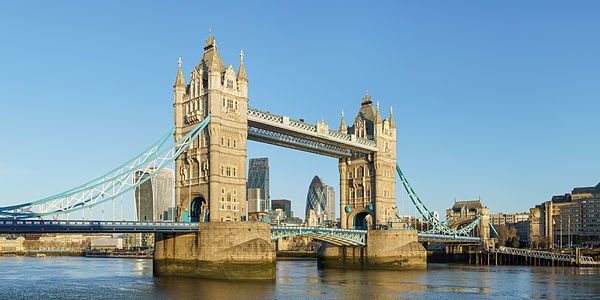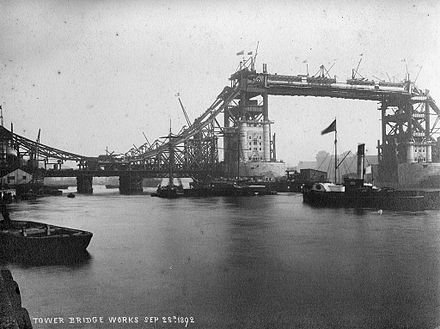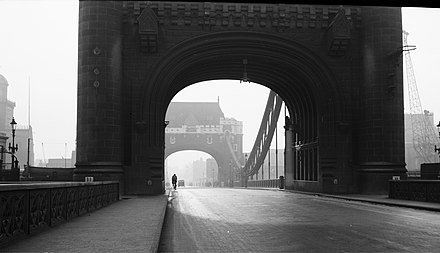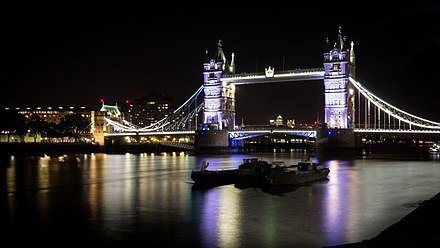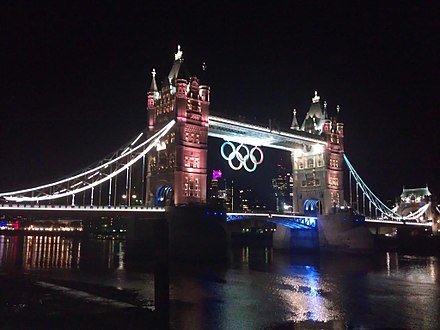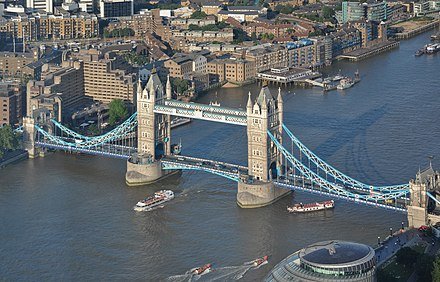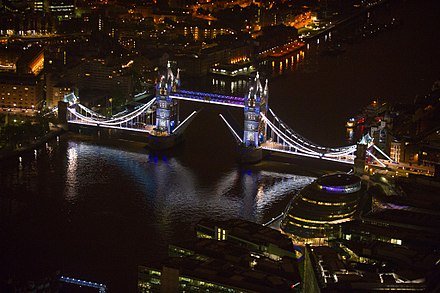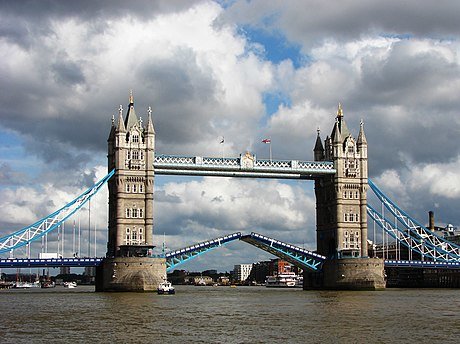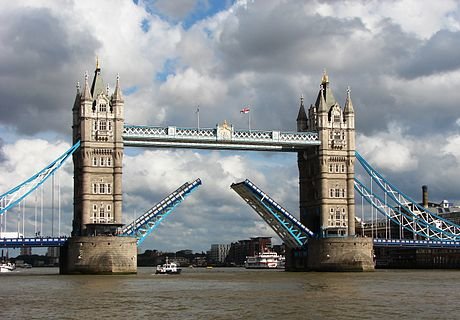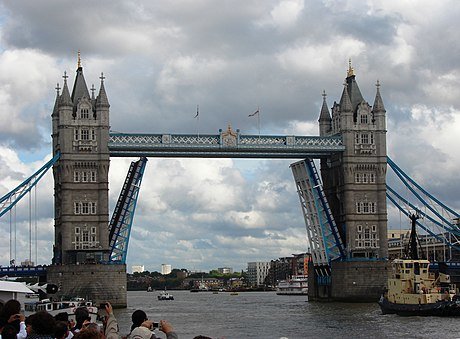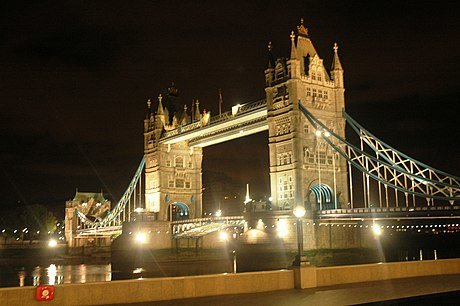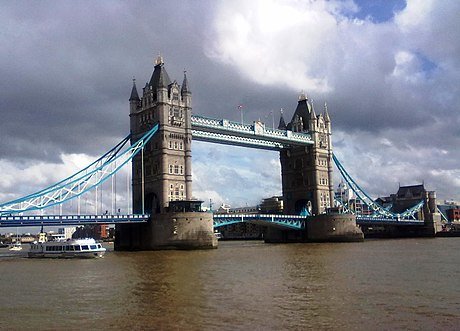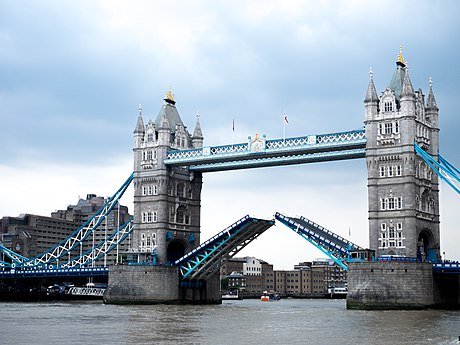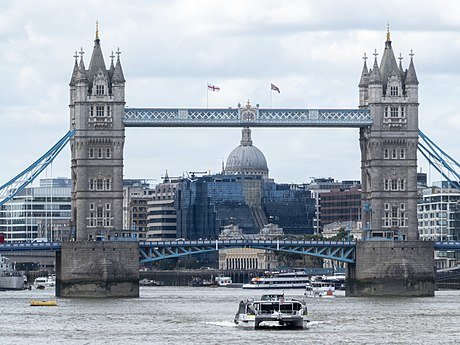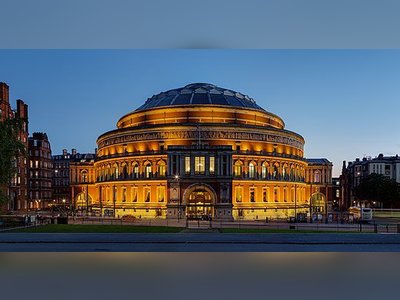British Heritage
Remember, Cherish, Learn.
beta
Tower Bridge
A Timeless Icon of British Heritage.
Contribution to British Heritage
Tower Bridge, a Grade I listed marvel, stands tall and proud as an iconic symbol of British engineering and architectural excellence. Spanning the River Thames near the historic Tower of London, this combined bascule and suspension bridge has made an indelible mark on British heritage. Constructed between 1886 and 1894, it was born out of the necessity to provide improved access to the flourishing East End of London during the 19th century. With its striking Gothic-style design, the bridge harmoniously complements the nearby Tower of London, further enhancing its significance to the nation's architectural and historical heritage.
Legacy and Success
Designed by the renowned architect Horace Jones and engineered by John Wolfe Barry, Tower Bridge was opened to the public on June 30, 1894, by Edward, Prince of Wales, and Alexandra, Princess of Wales. From its inauguration, the bridge has played a vital role in facilitating transportation and trade, making it a critical link in London's infrastructure.
With a length of 800 feet (240 m) and two majestic towers soaring to 213 feet (65 m), the bridge boasts a central span divided into two equal bascules that can be raised to allow passage for waterborne traffic. Originally operated by a hydraulic system, the bridge underwent modernization in 1974, switching to an efficient electro-hydraulic drive. Despite these changes, it has retained its original charm and functionality, catering to the needs of both vehicles and pedestrians, with an impressive 40,000 crossings daily.
Enriching British Heritage
Throughout its existence, Tower Bridge has embodied the spirit of London, becoming an integral part of the city's identity and cultural heritage. Its Gothic-style architecture, inspired by the Victorian era, imparts a timeless grandeur that resonates with both locals and visitors from around the world.
Over the years, the bridge has witnessed several historical moments, including its vital role as a transport link during World War II to the Port of London. Though subject to enemy attacks, the bridge endured and remained steadfast, a testament to British resilience and fortitude during the war years.
Moreover, the Tower Bridge Exhibition, established in 1982, allows visitors to delve into the bridge's history and experience its engineering marvel firsthand. The exhibition showcases the original steam engines that powered the bascules, high-level walkways, and Victorian engine rooms, immersing guests in the captivating story of Tower Bridge.
The Tower Bridge Urban Legend
Throughout its illustrious history, Tower Bridge has occasionally been confused with its neighboring London Bridge, leading to a popular urban legend. The legend claims that in 1968, an American entrepreneur, Robert P. McCulloch, mistakenly purchased London Bridge, believing it to be Tower Bridge. However, this claim has been debunked, and historical records confirm that McCulloch indeed intended to acquire London Bridge for relocation to Lake Havasu City in Arizona.
Continued Relevance and Legacy
Even in the 21st century, Tower Bridge remains a vibrant and vital part of London's infrastructure, serving as a key crossing on the Inner Ring Road. As a designated landmark, the bridge's City of London Corporation imposes a speed restriction and weight limit on vehicles to maintain its structural integrity. Additionally, the bridge undergoes periodic maintenance and refurbishment to preserve its iconic appearance and ensure its continued legacy.
Today, Tower Bridge continues to stand tall, linking London's past with its vibrant present, and undoubtedly, it will remain a treasured symbol of British heritage for generations to come. As a testament to human ingenuity and engineering prowess, it stands not only as a bridge connecting two riverbanks but also as a bridge connecting the past with the present and the world to the heart of London's rich cultural and historical heritage.
- Tower Bridgeen.wikipedia.org
